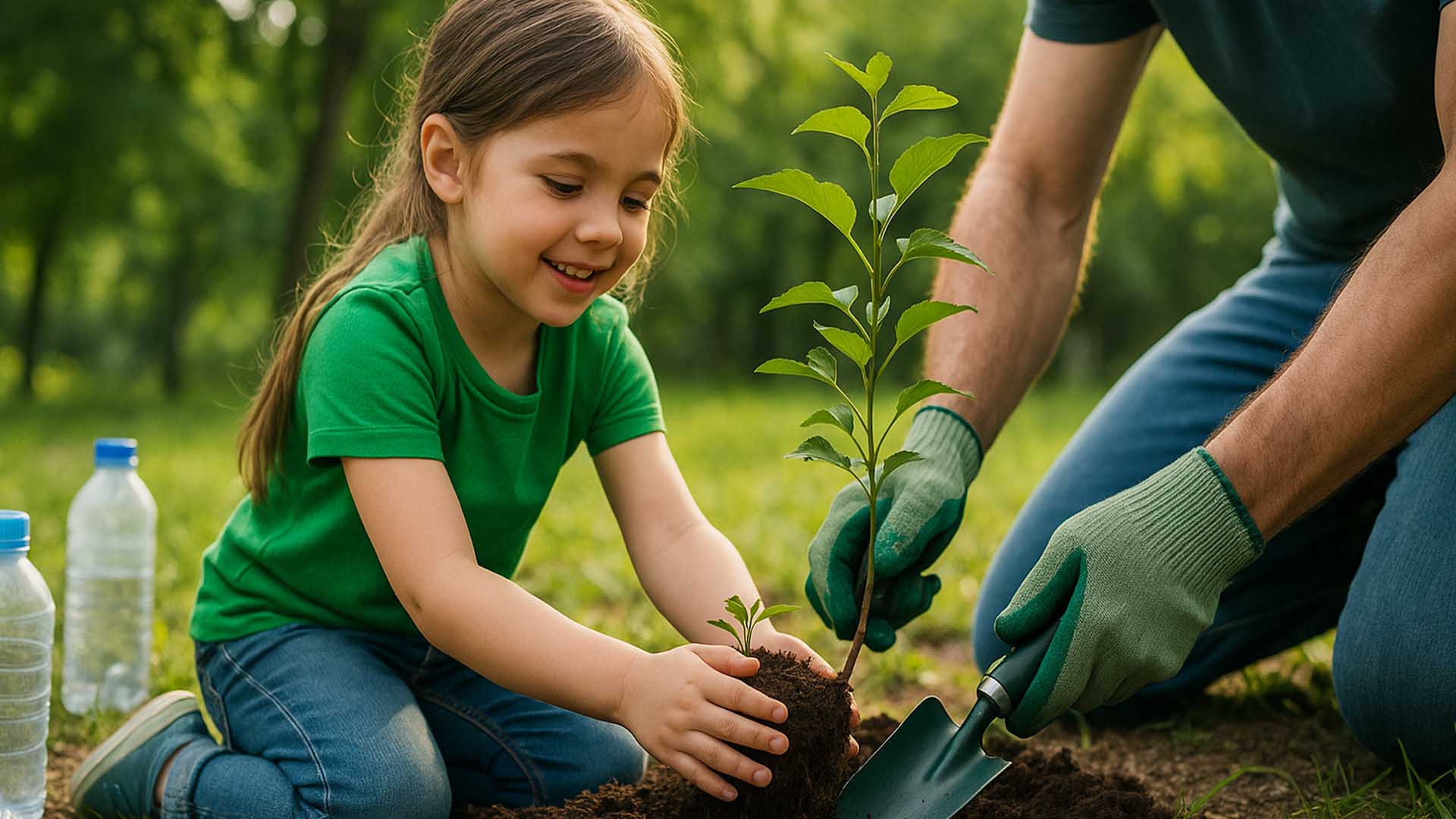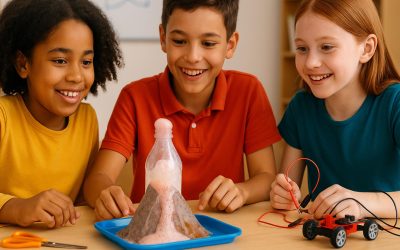Our planet is an amazing place, full of incredible creatures and beautiful landscapes. But it needs our help! Teaching children about environmental awareness from a young age is crucial for protecting our world for future generations. When kids understand how their actions impact the environment, they become passionate advocates for change. This article will explore fun and engaging ways to introduce environmental concepts to children, fostering a love for nature and a sense of responsibility towards our planet.
Understanding Our Environment
The Web of Life: Ecosystems and Biodiversity
Everything in nature is connected, from the smallest insect to the largest tree. This interconnectedness forms what we call ecosystems. Biodiversity, the variety of life on Earth, is essential for healthy ecosystems. When one part of the web is damaged, it can affect everything else. Teaching children about different ecosystems, like forests, oceans, and deserts, helps them appreciate the diversity of life and understand why it’s important to protect it [1].
Our Footprint: Understanding Pollution and Waste
Unfortunately, human activities can sometimes harm the environment. Pollution, whether it’s in the air, water, or land, can hurt plants, animals, and even people. Waste, especially plastic, can take hundreds of years to break down and can end up in our oceans, harming marine life. Helping children understand where waste goes and the impact of pollution is the first step towards encouraging them to reduce their own environmental footprint [2].
Fun Ways to Foster Environmental Responsibility
Reduce, Reuse, Recycle: The 3 Rs
The
three Rs – Reduce, Reuse, Recycle – are fundamental to environmental awareness. Reduce means using less stuff in the first place. Reuse means finding new ways to use things instead of throwing them away. And Recycle means turning old items into new ones. Engaging children in these practices, like sorting recyclables or finding creative uses for old containers, makes learning fun and impactful [3].
Connecting with Nature: Outdoor Exploration
Spending time outdoors is one of the best ways to foster a love for nature. Encourage children to explore parks, forests, beaches, or even their own backyard. Nature walks, scavenger hunts, and gardening can help them observe and appreciate the natural world firsthand. When children develop a personal connection with nature, they are more likely to want to protect it [4].
Saving Resources: Water and Energy Conservation
Teaching children about conserving resources like water and energy is vital. Simple actions like turning off lights when leaving a room, taking shorter showers, and not letting the water run while brushing teeth can make a big difference. Explain why these actions are important – that water and energy are precious resources that we need to use wisely [5].
Q&A: Environmental Awareness for Kids
Q1: What is climate change and how does it affect us?
A1: Climate change refers to long-term shifts in temperatures and weather patterns. It’s mainly caused by human activities, especially burning fossil fuels, which release gases that trap heat in the atmosphere. This can lead to more extreme weather events, rising sea levels, and impacts on plants and animals. Teaching kids about climate change helps them understand the importance of reducing our carbon footprint [6].
Q2: How can my family reduce plastic waste?
A2: Reducing plastic waste can start with small changes. Use reusable water bottles and shopping bags. Choose products with less packaging. Avoid single-use plastics like straws and disposable cutlery. Support businesses that offer eco-friendly alternatives. Every little bit helps reduce the amount of plastic polluting our planet [7].
Q3: What are some simple ways kids can help protect animals?
A3: Kids can help protect animals by learning about endangered species and their habitats. They can support conservation efforts by participating in clean-up drives, reducing waste, and conserving water and energy. Choosing sustainable products and respecting wildlife from a distance also contribute to animal protection [8].
Sources
- World Wildlife Fund – Teaching Resources
- EPA – Children’s Resources for Educators
- NEEF – Environmental Education Activities
- National Wildlife Federation – Connecting Kids and Nature
- CleanChoice Energy – 12 Ways to Teach Kids About the Environment
- NASA Climate Kids – What Is Climate Change?
- National Geographic Kids – 10 Ways to Reduce Plastic
- National Geographic Kids – How to Help Endangered Animals








0 Comments